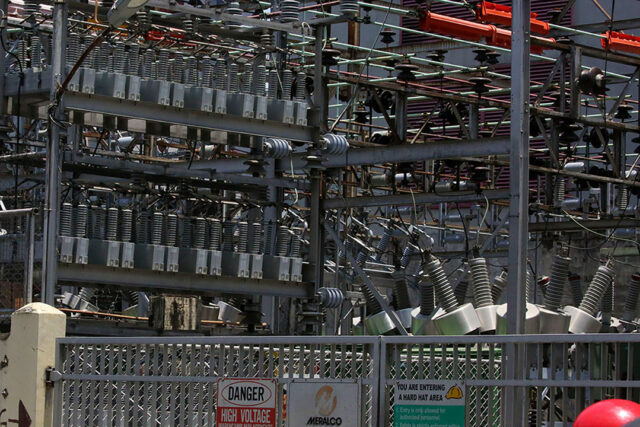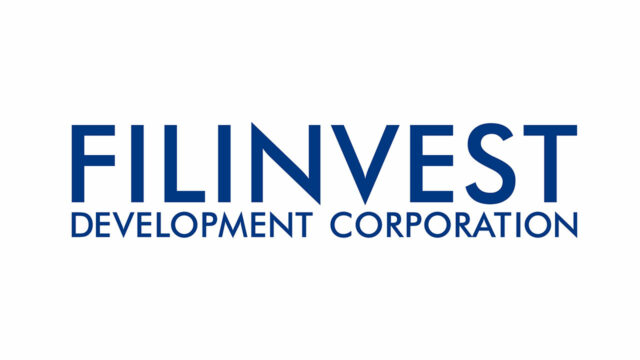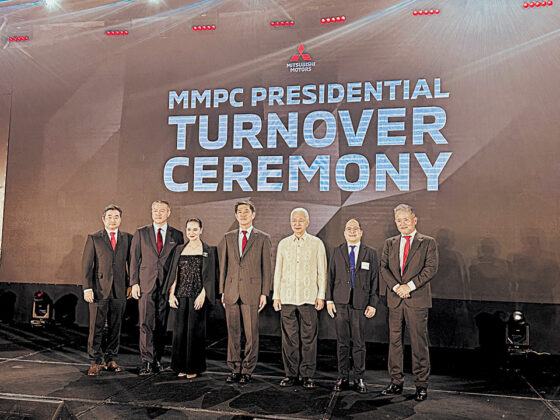Lamudi’s Property Fair opens in Metro Manila on May 3, heads to Cebu in August
The Lamudi Property Fair returns to TriNoma for the Metro Manila leg of the country’s biggest property expo. It brings top real estate developers together to present exciting deals for active home seekers. Meanwhile, real estate professionals can look forward to exclusive accreditation announcements.
Co-presented by IKEA, Lamudi Property Fair 2024 is gearing up to be the largest property festival in the Philippines, with engaging activities and informative program segments for real estate professionals and property seekers from all walks of life. Family members of Overseas Filipino Workers (OFW) can also explore available properties at the fair on behalf of their loved ones abroad.
Mark your May calendars and catch the three-day property expo at the TriNoma Activity Center from May 3 to 5, 2024. Meanwhile, those living in Metro Cebu can catch the Cebu leg of the Lamudi Property Fair from Aug. 16 to 18, 2024.
Here’s what you can expect from the event:
Exclusive Deals and Discounts for All Attendees
With more than 3,000 pre-event registrations and almost 2,000 live attendees last summer, Lamudi Property Fair 2023 showed solid proof of vibrant real estate interest in the Philippines. Amidst fun games and raffles in July 2023, property seekers were eager to explore different property types that developers had to offer, from condominium units to houses and lots.
This time around, the three-day property expo will return to TriNoma from May 3 to 5, 2024, to provide the best real estate deals, daily raffles, and other exciting activities for active home seekers.
Engaging Learning Sessions for Seekers and Sellers
Home seekers and real estate professionals alike can look forward to an educational and engaging Lamudi Property Fair 2024 weekend. Lamudi Academy will play a vital role in the event by providing free learning sessions to educate home seekers and property sellers on sound decision-making.
Exciting Activities Prepared by Top Real Estate Players
Lamudi Property Fair 2024, co-presented by IKEA, connects active home seekers with the best deals from the country’s top real estate developers. Live attendees are free to canvass projects, explore process walkthroughs, learn more about home buying, and participate in various booth activities all day.
Many of the country’s top real estate developers will exhibit their projects at the three-day expo in TriNoma, including platinum sponsors RLC Residences, Ayala Land, Avida, and Amaia. The event’s gold sponsors are AboitizLand, Inc., PH1 World Developers, and Filinvest Alabang.
Lamudi Property Fair 2024’s event partners include:
- IKEA
- RLC Residences
- Ayala Land
- Avida
- Amaia
- Aboitiz Land
- PH1 World Developers
- Filinvest Alabang
- Vista Manors by Vista Land
- BPI Buena Mano
- Taylormade Construction and Realty Corp.
- Picar Development Corp.
- Community Creators, Inc.
- Eton Properties
- DMCI Homes
- Hausland Development Corporation
- Primehomes Real Estate Development, Inc.
The brokerage firm PropertyPRO will also showcase available listings at the event.
The property expo’s media partners are the Philippine Daily Inquirer, Inquirer Property, Manila Bulletin, The Philippine Star, BusinessWorld, Manila Standard, Malaya Business Insight, and The Manila Times.
Our media support includes Real Estate Blog PH, Media Blast Digital, Negosentro, Property Finds Asia, Village Connection PH, Executive Chronicles, and Yo Manila.
Lamudi Property Fair 2024 supports the company’s goal of providing Filipinos with a one-stop platform to find their dream home. Apart from the Metro Manila leg, which will take place from May 3 to 5, 2024, the property expo will return to Cebu in August — five years after the success of Lamudi’s property fair in Cebu in 2019.
Register now and participate in the biggest property expo of the year! For partnership opportunities, please email mark.bailey@lamudi.com.ph.
Spotlight is BusinessWorld’s sponsored section that allows advertisers to amplify their brand and connect with BusinessWorld’s audience by publishing their stories on the BusinessWorld Web site. For more information, send an email to online@bworldonline.com.
Join us on Viber at https://bit.ly/3hv6bLA to get more updates and subscribe to BusinessWorld’s titles and get exclusive content through www.bworld-x.com.




















